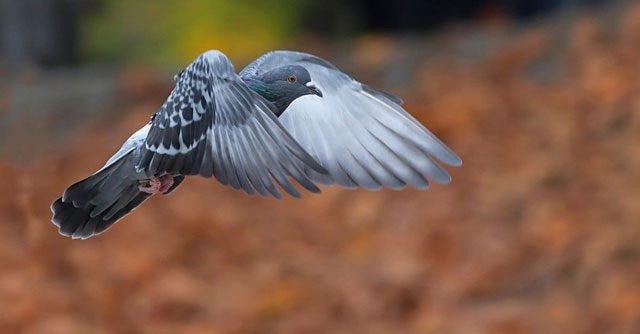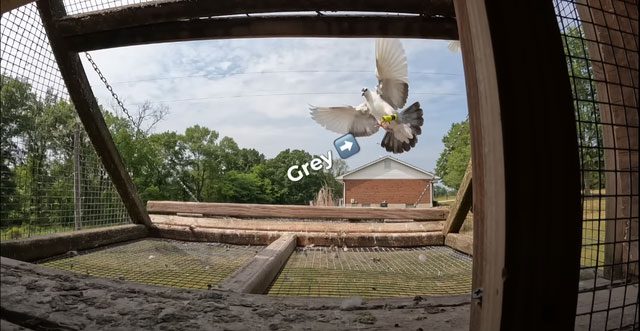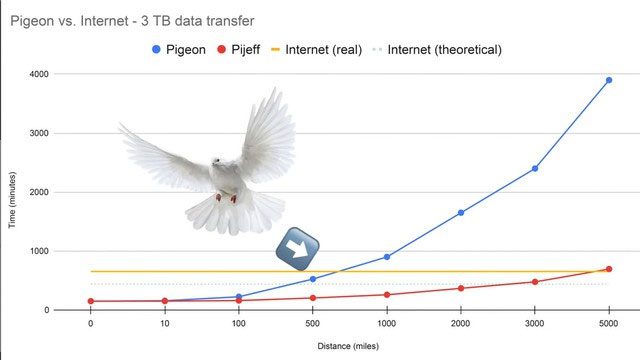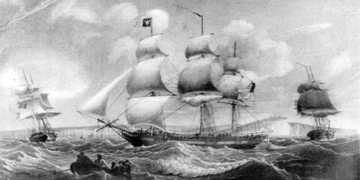Once used to transport messages for centuries, pigeons have proven to be highly effective in data transmission compared to fiber optic Internet.
More than 3,000 years ago, humans discovered that pigeons possess an extraordinary ability to navigate, always finding their way back to their starting point, regardless of the distance or obstacles they face.
Since then, humans have trained these birds to carry messages, orders, and classified information from one place to another. Pigeons were chosen for this task because they can fly thousands of kilometers at a speed of about 100 km/h. Some can reach speeds of up to 180 km/h, allowing for rapid information delivery.
However, in the modern era, when data can be easily sent with just a few clicks thanks to satellites and the Internet, is using pigeons for data transmission still practical? How does the time it takes to send data via pigeon compare to that of the Internet?
Surprising Results: Pigeons vs. Internet
To answer this question, an interesting experiment was conducted in 2009 to compare the speed and time of data transmission between pigeons and the Internet. At that time, a South African company measured the time and speed of a pigeon carrying a 4 GB memory card and compared it to the ADSL service of Telkom, a South African network provider.

With a flying speed of up to 125 km/h, the pigeon carrying the memory card outperformed the Internet in 2009 in terms of speed and data transmission time. (Photo: Internet)
The results showed that the pigeon took about 1 hour and 8 minutes to fly to the data transfer location, which was approximately 60 miles from the starting point. If an additional hour is added to transfer the 4 GB of data from the memory card to the computer, the total time for the entire data transfer process using the pigeon was just over 2 hours.
During the same time frame, Telkom’s ADSL service had only managed to upload 4% of the total 4 GB of data to another computer located 60 miles away. This match quickly went viral across the Internet, becoming one of the ‘legends’ often referenced when someone criticizes Internet speed.
Pigeons and the Internet Face Off Again After 14 Years
Interestingly, the competition between pigeons and the Internet did not end there. Fourteen years after the first match, a similar rematch was recently conducted by technology YouTuber Jeff Geerling.
In this latest match, the pigeon was no different from the one in 2009, as the bird had not evolved to fly faster. Meanwhile, the speed of Internet transmission, especially for fiber optics in 2023, has improved drastically compared to ADSL in 2009.
Notably, the format of the competition was similar to that of 2009, with YouTuber Jeff Geerling attaching three SanDisk Extreme PRO 1TB SSD USB drives (each weighing 5g) to the pigeon and sending it to a predetermined location one mile away.

Moment the pigeon Grey flies to the destination with three 1TB USB drives. (Screenshot)
Surprisingly, the results of this match continued to astonish many, as the speed and data transmission time of the fiber optic Internet were once again outpaced by the pigeon. The pigeon only took about one minute to reach its destination. Even when adding the time to copy 3TB of data from the USB drives to the computer, the pigeon’s performance was still superior to that of the fiber optic Internet, which was not fast enough to transmit such a large amount of data in a short time.
This rematch also led to many interesting conclusions. According to the measurements taken by YouTuber Jeff Geerling, using pigeons for data transfer can be considered an effective strategy for distances ranging from 1 mile to 600 miles. However, for distances greater than 600 miles, fiber optic Internet is the clear winner in terms of completion time.

Graph comparing the time and distance for the pigeon (in blue), fiber optic Internet (in yellow), and YouTuber Jeff Geerling (in red) to transfer 3TB of data. (Photo: Jeff Geerling).
However, Jeff Geerling’s experiment did not stop there. He wanted to add some additional challenges to spice up the competition. Therefore, he decided to personally carry three SSD USB drives containing 3TB of data, then fly from the United States to a data center in Canada. Jeff Geerling also uploaded the same amount of data to the server at this data center to measure the time taken.
The measurements indicated that when traveling by plane, Jeff Geerling took less time to transmit (or carry) 3TB of data compared to both the pigeon and the fiber optic Internet. However, this advantage only lasted up to a distance of 5,000 miles. Beyond 5,000 miles, fiber optic Internet proved to be the ultimate winner in terms of the time required to transfer 3TB of data.


















































